Labeling machinery is used in electronics, pharmaceutical, packaging and shipping, agriculture, food and beverage, chemical, medical, and many more industries. There are many different labeling machines and the industry is continuing to grow. It is important to find the differences in the wide array of labeling machinery. Knowing the ins and outs can save you time and money in the long run.
Below is a list of different kinds of labeling machinery:
Automatic applicators typically are used for high volumes of labeling for containers and other products. As the conveyor moves the product or container into position, a photo eye senses it and activates the application of the label.
Barcode labeling makes the production and application of encoded tags. This allows manufacturers to get a lot of information about a specific product or container without the use of large or cumbersome labels.
Label dispensers are used in with label printers and applicators to facilitate the easy removal of the tags, tickets and stickers from the protective backing on which they are printed. Dispensers only partially remove the backing which is then fully removed by hand or other automated device.
Bottle labelers make up a large portion of all labeling machines as they are utilized in several industrial and commercial applications for both informative and brand labeling of bottles, jars and vials of varying shapes and sizes.
Label printers are specially designed machines used to print labels or adhesive stamps on such variable materials as tape, ribbon, paper, metal, plastic, film, ceramics or fabric.
Label makers refer to stand alone labeling systems that simplify the production of tags, tickets, stickers and seals for ease of use and customization in many home and office environments. Although the term is more often applied to small hand-held devices, larger labeling machinery may also be referred to as such.
Print and apply labelers print labels when needed and apply them. An operator positions the product and activates the unit for label application by depressing a foot switch or a proximity switch, palm button or hot eyes; the operator then removes the product and continues the sequence again.
 Cardboard Tubes
Cardboard Tubes Carrying Cases
Carrying Cases Contract Packaging
Contract Packaging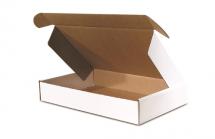 Corrugated Boxes
Corrugated Boxes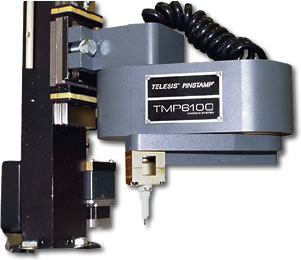 Dot Peening Machines
Dot Peening Machines Labeling Machinery
Labeling Machinery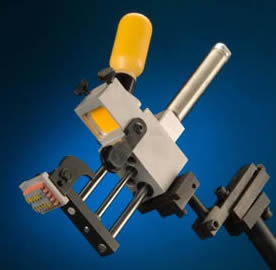 Marking Machinery
Marking Machinery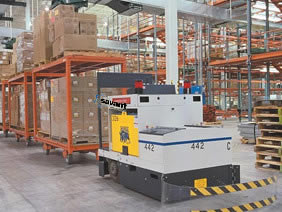 Packaging Equipment
Packaging Equipment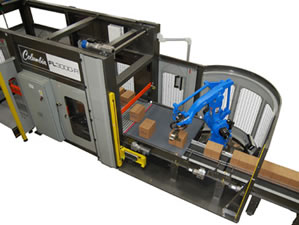 Palletizers
Palletizers Plastic Bags
Plastic Bags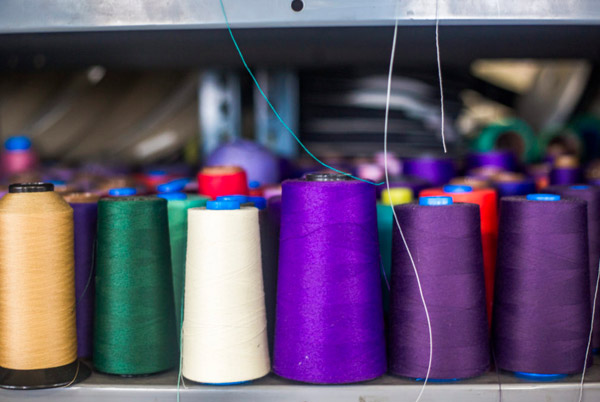 Sewing Contractors
Sewing Contractors Tape Suppliers
Tape Suppliers Castings & Forgings
Castings & Forgings Bulk Material Handling
Bulk Material Handling Electrical & Electronic Components
Electrical & Electronic Components Flow Instrumentation
Flow Instrumentation Hardware
Hardware Material Handling Equipment
Material Handling Equipment Metal Cutting Services
Metal Cutting Services Metal Forming Services
Metal Forming Services Metal Suppliers
Metal Suppliers Motion Control Products
Motion Control Products Plant & Facility Equipment
Plant & Facility Equipment Plant & Facility Supplies
Plant & Facility Supplies Plastic Molding Processes
Plastic Molding Processes Pumps & Valves
Pumps & Valves Recycling Equipment
Recycling Equipment Rubber Products & Services
Rubber Products & Services